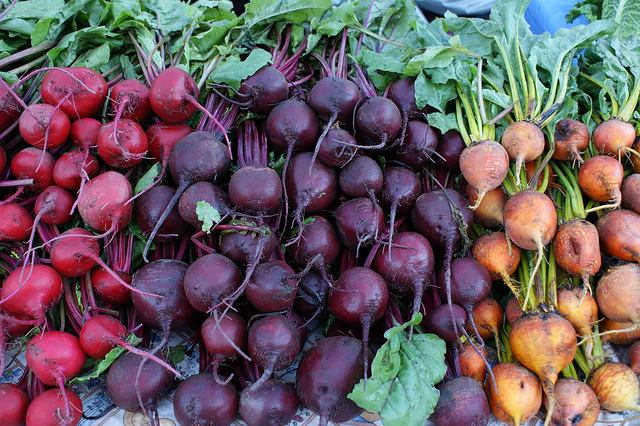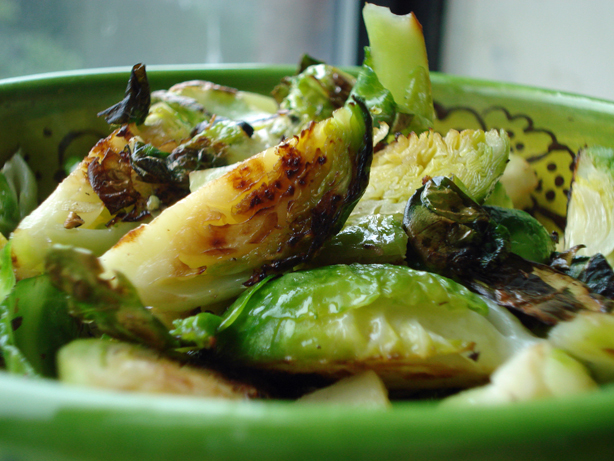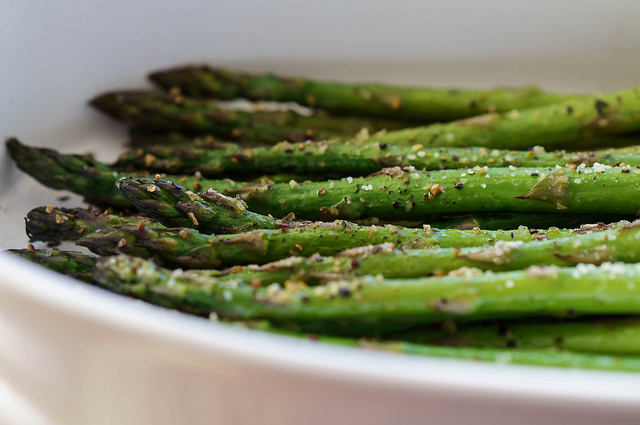How to Prepare Sustainable Side Dishes This Thanksgiving

By:
Thanksgiving takes its toll on the environment, and all the travel involved is a big reason why. This year, the trade organization Airlines for America projects that 27.3 million passengers will travel around the world on U.S. airlines during the Thanksgiving period — up 2.5 percent over last year. That's not counting the food which, according to the Worldwatch Institute, travels between 1,500 and 2,500 miles on average from its source to our homes.
 Farmers markets
Farmers markets
To offset the environmental impact of travel, sustainability advocates have suggested a 100-mile Thanksgiving benchmark to lower our food miles, or the distance food travels to reach us. Buy food that comes from within this radius and you could help save the planet.
Dr. Roni Neff, program director for Food System Sustainability and Public Health at the Johns Hopkins Center for a Livable Future, recommends this metric for sourcing food. “It supports local farms and helps us feel connected to the local area,” he told ATTN:. “It also pushes us to become aware of what is available seasonally in our area.”
Although minimizing the damage done from food miles is helpful, Neff said food transport typically produces less greenhouse gas emission than food production. “Turkey and other kinds of meat generally have higher emissions than plant-based products.”
 flickr - flickr.com
flickr - flickr.com
Think locally and focus on vegetarian options to reduce your impact on the climate.
Going to your nearby farmer’s market is a great start for sourcing ingredients for many traditional Thanksgiving side dishes. It’s also worthwhile to research and join a close-by CSA, or community-supported agriculture program, which sources produce from local farmers. Smithsonian Magazine also suggests sweet over white potatoes as they commonly have a lower pesticide count and require fewer resources to grow. Squash and beets should also be easy to find, and recipes for those veggies abound.
 flickr - flickr.com
flickr - flickr.com
When it comes to environmental consciousness, volume also counts. Overdoing it may be a Thanksgiving ritual, but it also creates a great deal of trash — in the U.S., we waste 40 percent of the country’s food supply, according to Neff. Whether you’re preparing the meal or bringing your side dish, get a complete head count and prepare accordingly.
“There’s a widespread view that we’re not a good host unless we have too much food — that’s also an attitude to rethink,” Neff said. If you think there will be room for leftovers, seasonal vegetables should hold up well in the fridge.
Keeping these factors in mind is helpful groundwork for making dishes eco-friendly beyond Thanksgiving.
“Vote with your fork,” Neff said.
